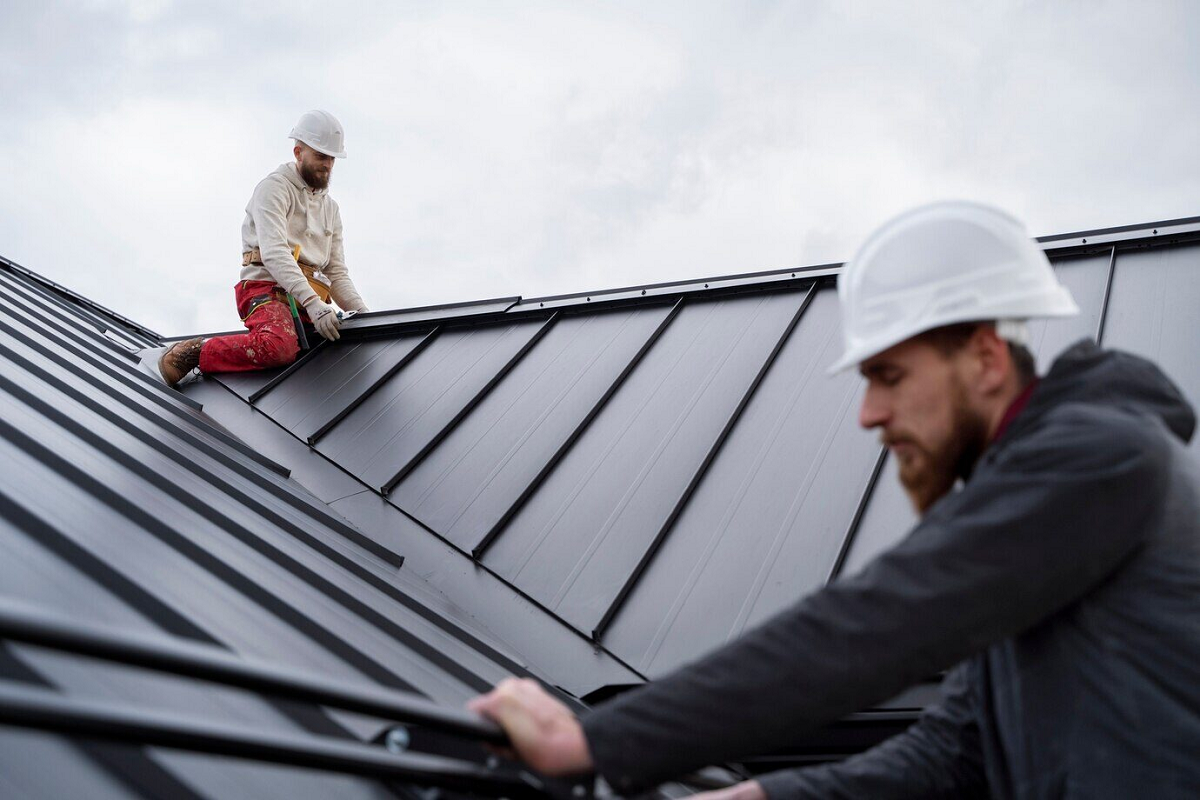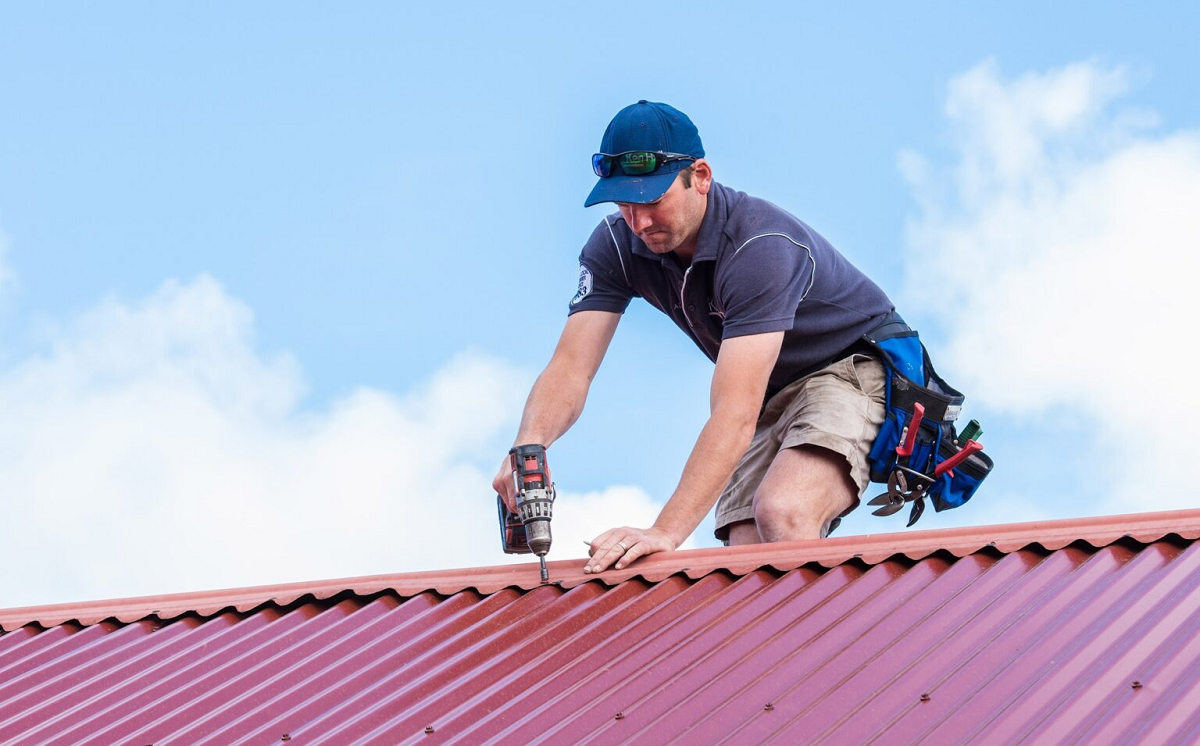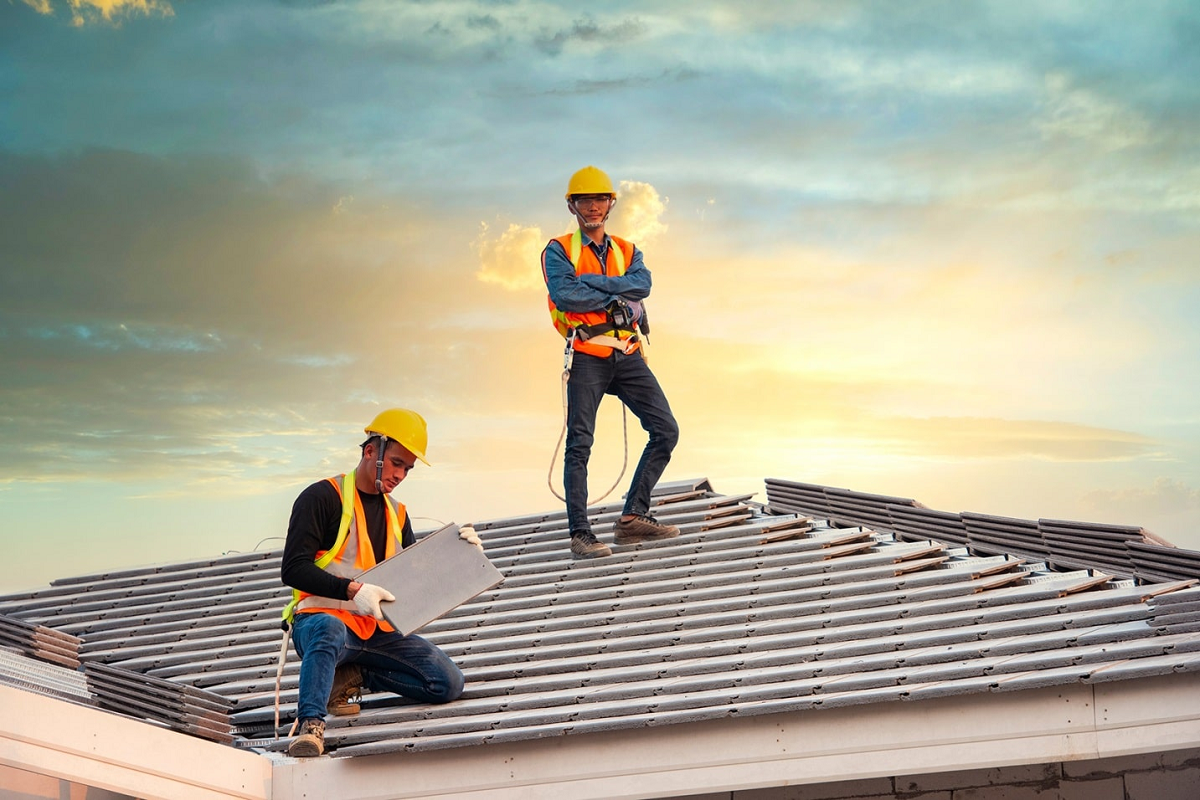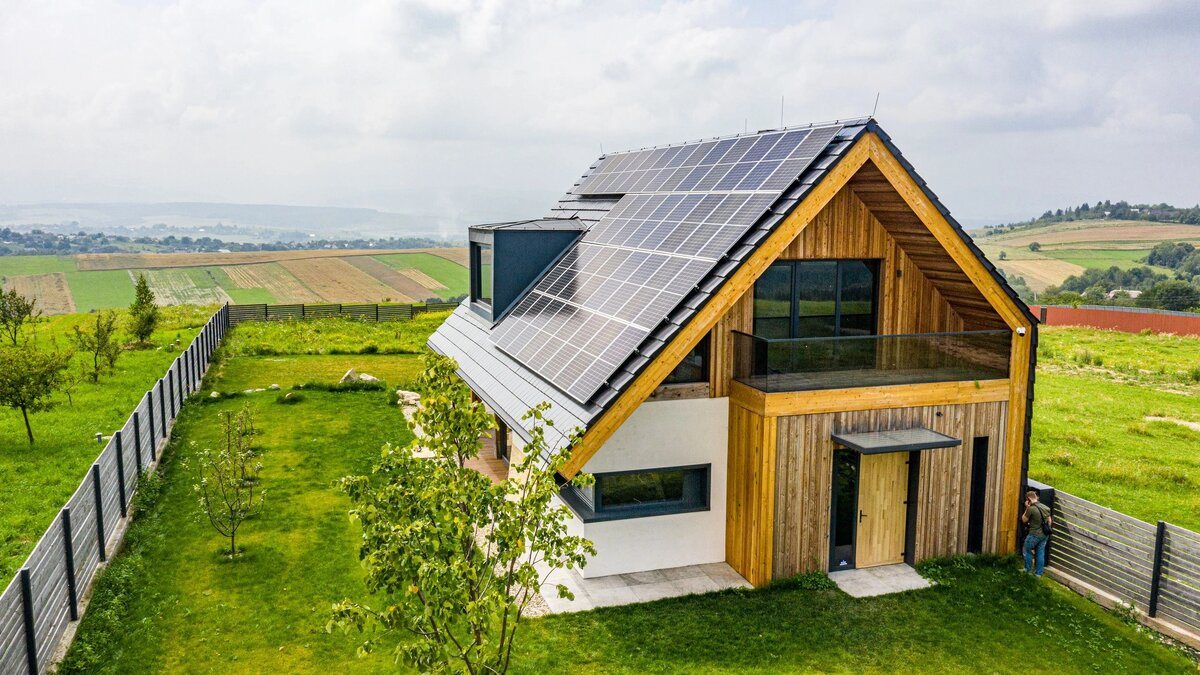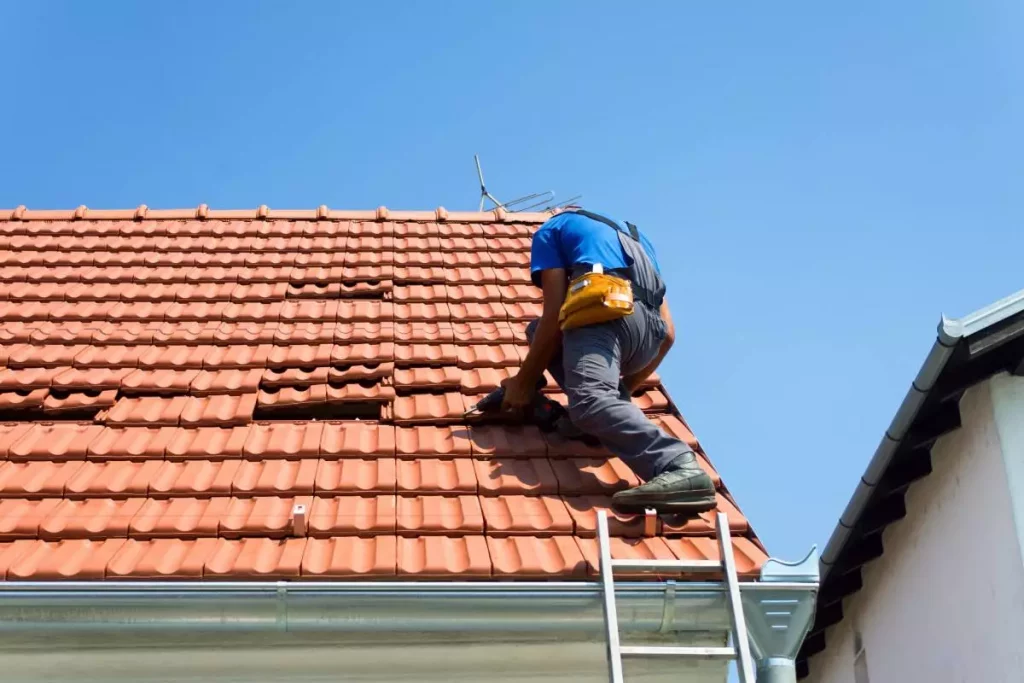Understanding Roof Replacement Cost for Your Home Upgrade
When it comes to upgrading your home, one of the most significant and often misunderstood expenses is roof replacement cost. A new roof isn’t just about improving curb appeal; it's a crucial investment in your home's overall value and protection. However, navigating the costs involved can be a bit overwhelming if you're not familiar with the factors at play.
From the type of roofing material you choose to the complexity of the installation, many elements influence the final price tag. Understanding these can help you make informed decisions and avoid unexpected costs. Let's break down what affects roof replacement costs and how you can budget effectively for this important home improvement.
Factors That Influence Roof Replacement Costs
Factors affecting roof replacement costs are crucial for budgeting your home improvement project effectively. From material choices to labor rates, understanding these elements helps you plan better and avoid surprises.
- Roof Size: Larger roofs require more materials and labor, leading to increased costs. Ensure you accurately measure your roof to get precise estimates from contractors.
- Material Choice: Different roofing materials, such as asphalt shingles, metal, or tile, vary significantly in price. High-end materials may offer longer lifespans but come with a higher initial cost.
- Roof Pitch: The angle or slope of your roof affects labor difficulty and safety measures. Steeper roofs often cost more due to the increased complexity of installation.
- Labor Costs: Rates for roofing professionals can vary based on location and project complexity. Higher-quality workmanship may come at a premium but can prevent future issues.
- Additional Features: Features like skylights, chimneys, or complex roof designs add to the cost due to extra work and materials. Discuss these elements with your contractor to understand their impact on pricing.
Being aware of these factors will help you manage your roof replacement budget effectively and ensure a smooth project.
Choosing the Right Roofing Material for Your Budget
Selecting the right roofing material is crucial for balancing your budget and achieving the desired look and durability. Asphalt shingles are often the most budget-friendly option, offering a good balance of affordability and performance. If you're looking for something with a bit more longevity, metal roofs might be a better choice, though they come with a higher price tag.
For those seeking high-end options, materials like slate or tile provide exceptional durability and aesthetic appeal but can significantly raise the cost. Consider not only the initial cost but also the material's lifespan and maintenance needs. It’s important to match your choice with your long-term goals, as investing in quality can save you money in repairs and replacements down the line.
How Roof Size and Pitch Affect the Cost
The size and pitch of your roof directly impact the cost of replacement. Larger roofs require more materials and labor, making them more expensive. The pitch, or slope, of your roof also plays a significant role. Steeper pitches often mean increased labor costs, as they can make installation more challenging and require additional safety measures.
Roofs with complex designs, such as those with multiple angles or numerous skylights, can further drive up costs due to the extra work involved. To get a more accurate estimate, it’s essential to have a professional assess both the size and pitch of your roof, as these factors will be crucial in determining the final price.
The Role of Labor and Installation Fees
Labor and installation fees are significant components of the overall roof replacement cost. Skilled labor is necessary for a proper and safe installation, and rates can vary depending on your location and the complexity of the job. Roofers may charge by the square foot, by the hour, or even offer a flat rate, depending on the project.
It's important to choose a reputable contractor who can provide a detailed breakdown of labor costs and installation fees. Remember, while it might be tempting to go with the cheapest option, investing in experienced professionals can ensure a higher quality job and prevent future issues, ultimately saving you money and hassle in the long run.
Hidden Costs to Watch Out For
While the major components of roof replacement costs are relatively straightforward, hidden costs can catch homeowners off guard. These may include additional repairs to underlying structures, such as decking or rafters, that might be necessary once the old roof is removed.
If your home has complex features like multiple layers of existing roofing or outdated ventilation systems, these can also add to the overall expense. Unexpected costs can arise from damage found during the removal process or from compliance with updated building codes. To avoid surprises, ensure that your contractor provides a comprehensive estimate that accounts for potential additional expenses.
What to Look For
When comparing quotes for roof replacement, it’s essential to look beyond just the bottom line. A detailed quote should break down the costs of materials, labor, and any additional services such as removal of the old roof. Be wary of quotes that seem unusually low; they may indicate subpar materials or hidden costs.
Check what’s included in each quote, such as warranties or cleanup services. It’s also wise to verify that the contractors are licensed and insured. By carefully examining and comparing these details, you can make a more informed decision and ensure that you’re getting the best value for your investment.
The Impact of Roof Removal and Disposal Costs
Replacing a roof involves more than just installing new materials; the removal and disposal of the old roof can significantly impact your overall costs. Understanding these expenses helps you better prepare for the financial aspects of your project.
Removal Labor Costs
Removing the existing roof involves skilled labor to ensure safe handling and effective disposal of materials. This process can be physically demanding and time-consuming, which impacts overall labor costs. The complexity of your roof—such as multiple layers, steep pitches, or unique architectural features—can further increase these expenses.
Disposal Fees
The cost of disposing of roofing materials varies widely based on the type and volume of waste. Local regulations often mandate proper disposal methods, which can include fees for dumping at landfills or recycling facilities. These additional costs can significantly impact your overall budget, so it's important to plan accordingly.
Potential Hidden Damage
During the roof removal process, underlying issues such as rotted decking or structural damage may become apparent. Addressing these problems can lead to unexpected repair costs. It’s prudent to set aside a contingency budget for these potential discoveries to avoid financial surprises and ensure a smooth project.
Permitting and Inspection Costs
Depending on your location, obtaining permits and scheduling inspections may be required for roof replacement projects. The fees for these permits and inspections can accumulate, adding to the total cost of the project. Be sure to account for these expenses in your budget to ensure compliance with local building codes.
Environmental Considerations
Disposing of roofing materials responsibly can sometimes be more expensive. Recycling or choosing eco-friendly disposal methods may involve higher costs compared to traditional dumping. However, these options help reduce environmental impact and can contribute to a more sustainable roofing project. Factor in these potential costs when planning your budget.
How Weather Conditions Can Influence Pricing
Weather conditions can play a crucial role in roof replacement costs, both directly and indirectly. Adverse weather, such as heavy rain or extreme temperatures, can delay the project, potentially increasing labor costs and extending the timeline. Additionally, weather conditions can affect the materials being used; for instance, some roofing materials may need specific weather conditions to adhere properly.
In regions with harsh climates, contractors might need to take extra precautions or use specialized materials, which can add to the cost. Planning your roof replacement during a period of favorable weather can help mitigate these factors and keep the project on track.
Financing Options for Roof Replacement
If the cost of roof replacement feels overwhelming, exploring financing options can help manage the expense. Many homeowners opt for home equity loans or lines of credit, which allow you to borrow against your home’s value. Some contractors offer financing plans or payment schedules that can make the cost more manageable.
Additionally, there might be local or federal programs offering financial assistance or tax credits for energy-efficient roofing upgrades. It’s important to compare different financing options, considering interest rates, terms, and any potential impact on your credit. Finding the right financing solution can ease the financial burden and make your roof replacement project more affordable.
Long-Term Savings from Investing in Quality Roofing
Investing in high-quality roofing materials might seem costly initially, but it can lead to significant long-term savings. Premium materials often come with extended warranties and longer lifespans, reducing the need for frequent replacements or repairs. Energy-efficient roofing options can also lower your utility bills by improving insulation and reducing heat absorption. Furthermore, a well-installed, durable roof can enhance your home's value and appeal, potentially offering a better return on investment if you decide to sell. By choosing quality over quantity, you’re not only protecting your home but also making a smart financial decision that pays off over time.
Understanding the various factors influencing roof replacement costs can help you make informed decisions and ensure your investment pays off in the long run. By carefully considering materials, labor, hidden costs, and financing options, you can manage your budget effectively and enhance your home’s value and protection.
Ready to get started on your roofing project? Contact Avalon Roofing Services for a detailed consultation and accurate quote. Call us at (209) 380-1275 or email contact@avalonroofing209.com. Visit us at 114 Almond Ave, Manteca, CA 95337, and let’s transform your home with a top-quality roof.

